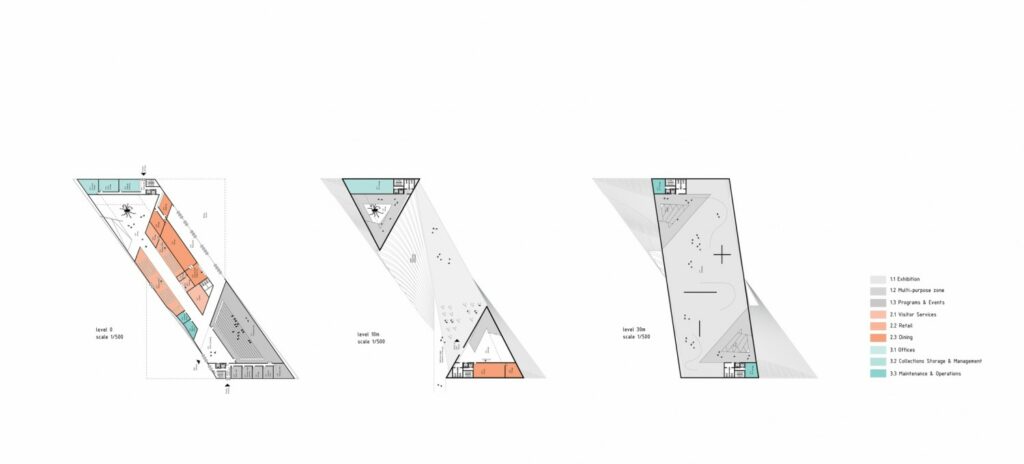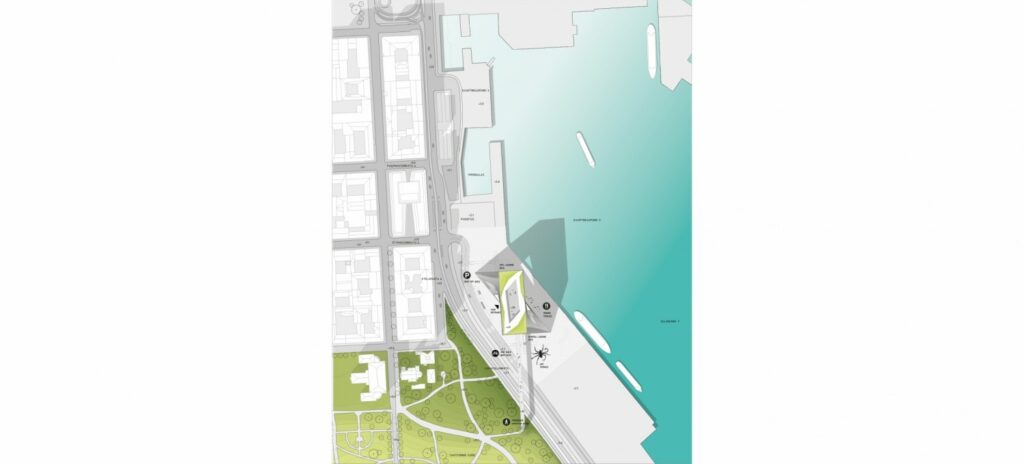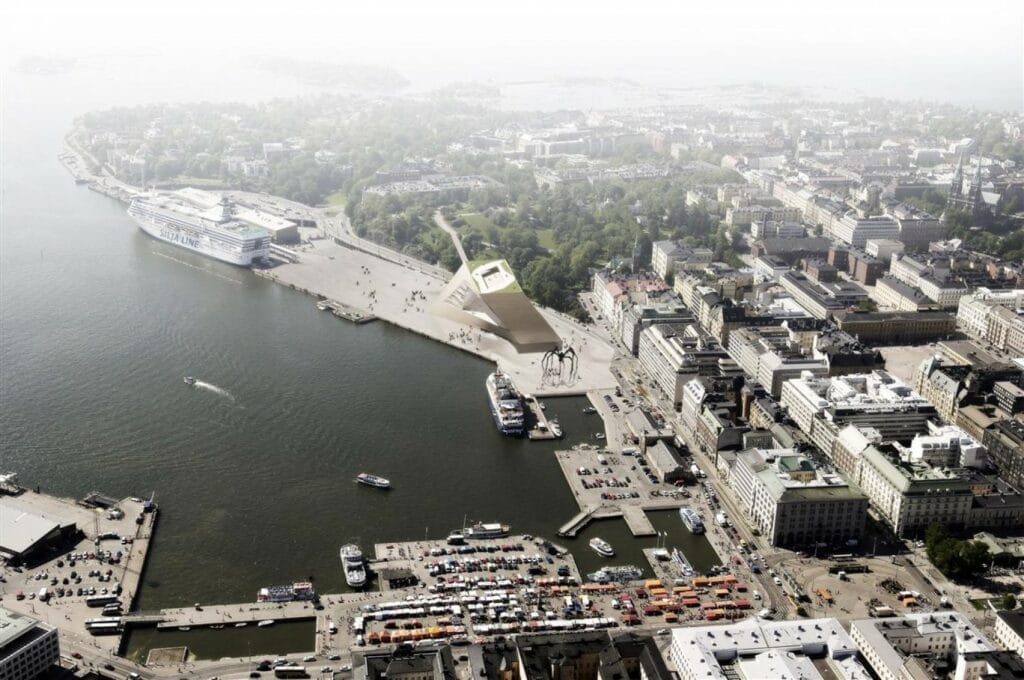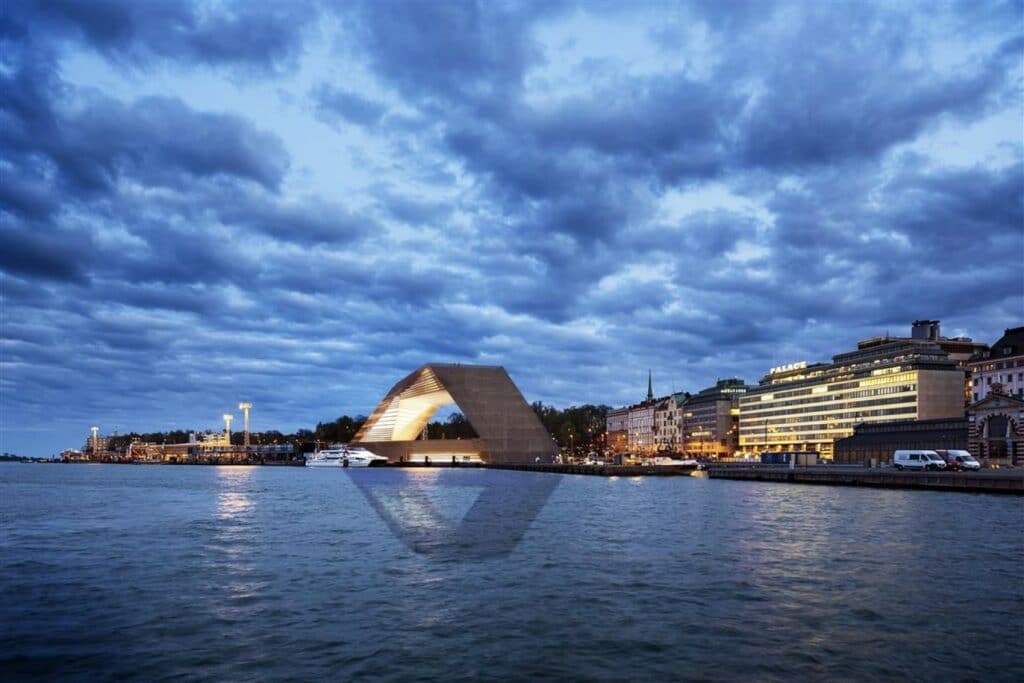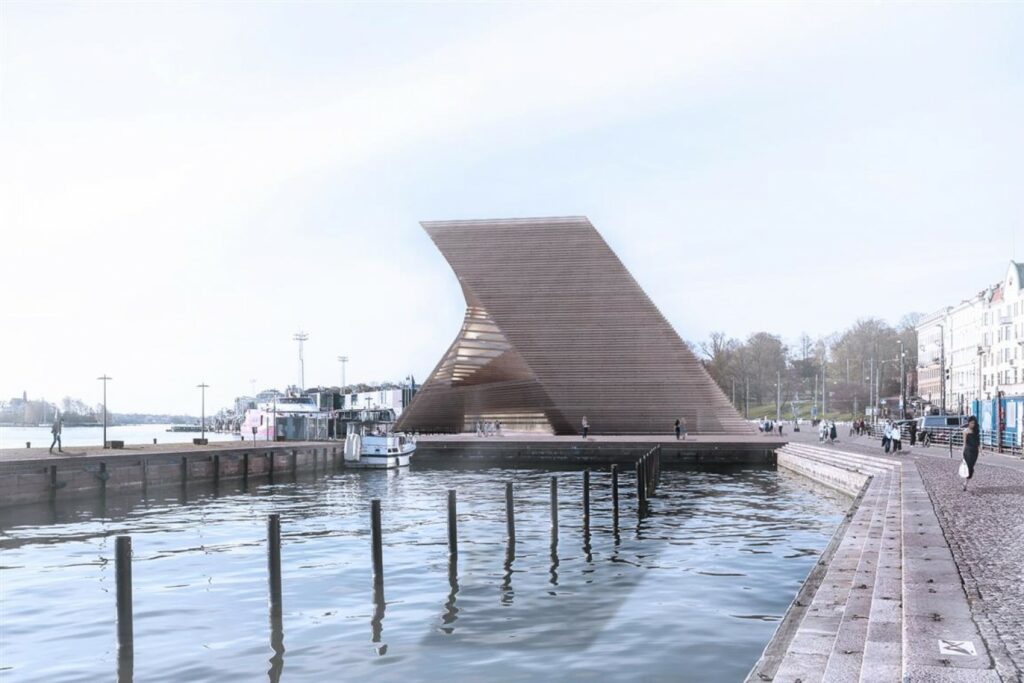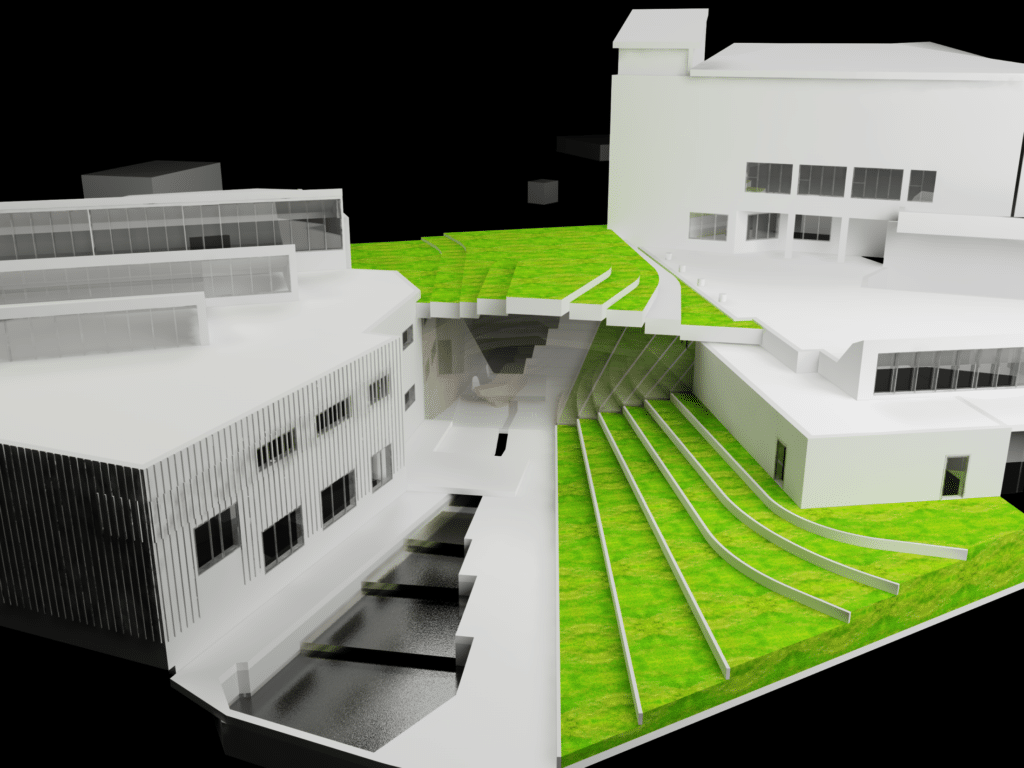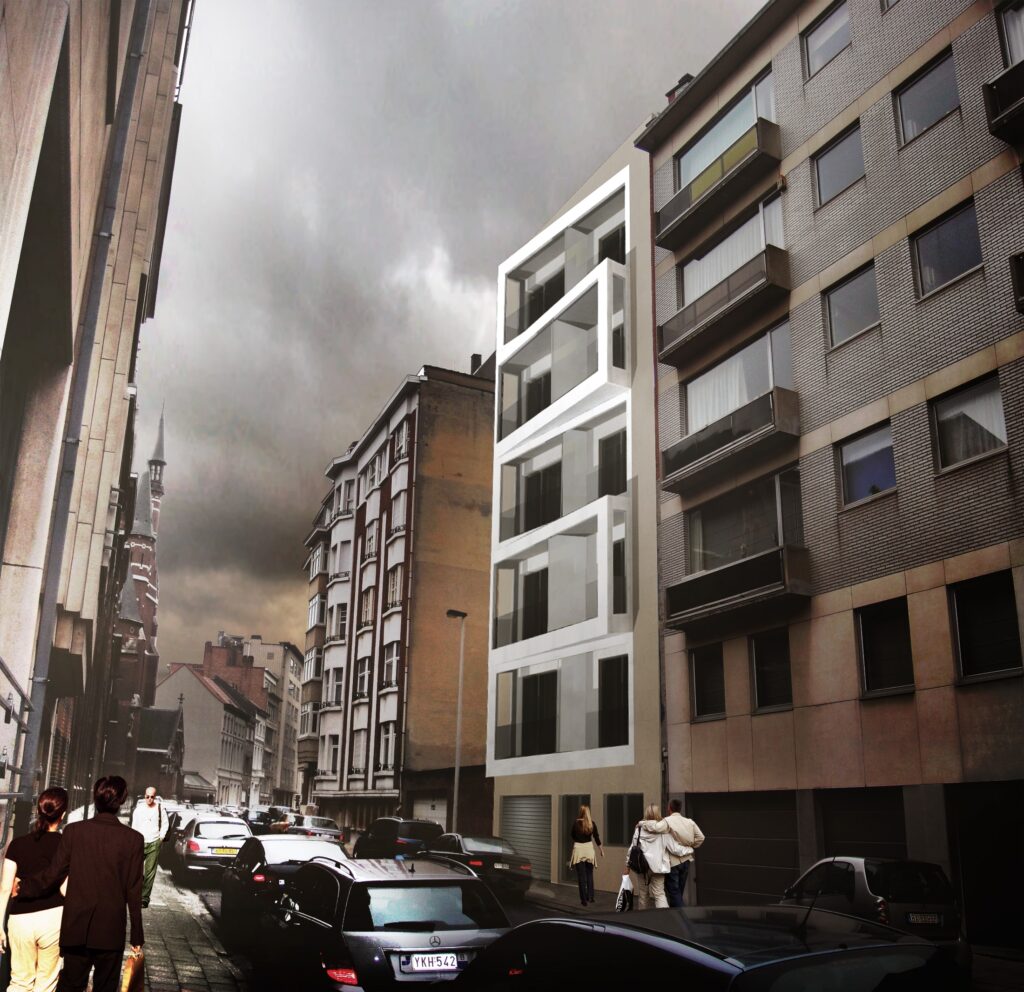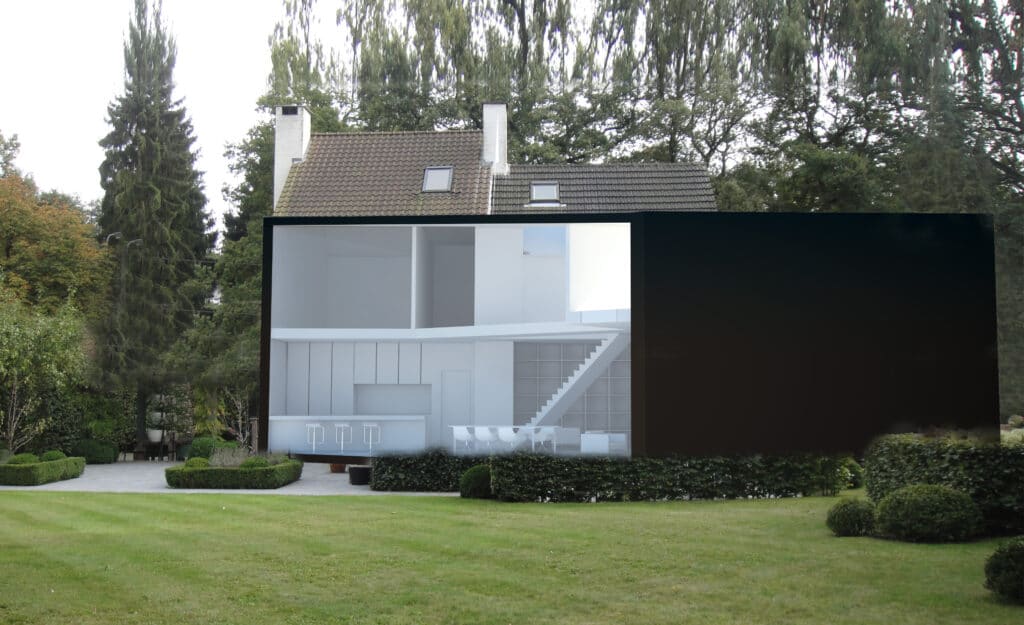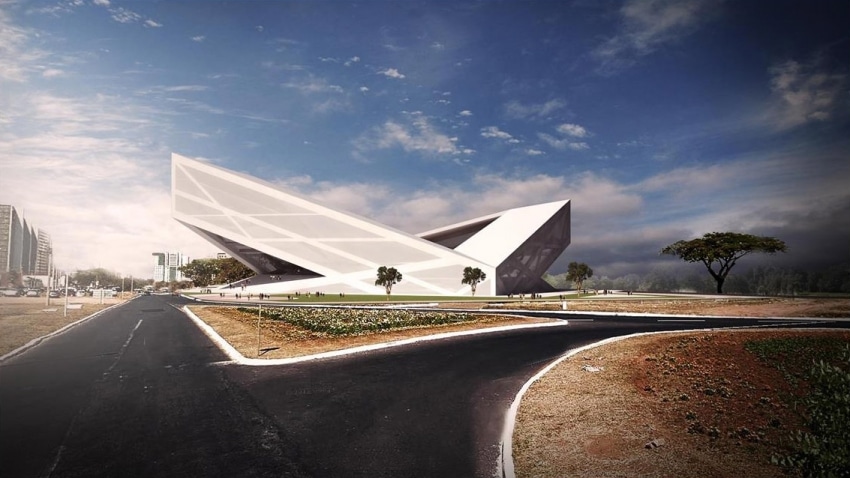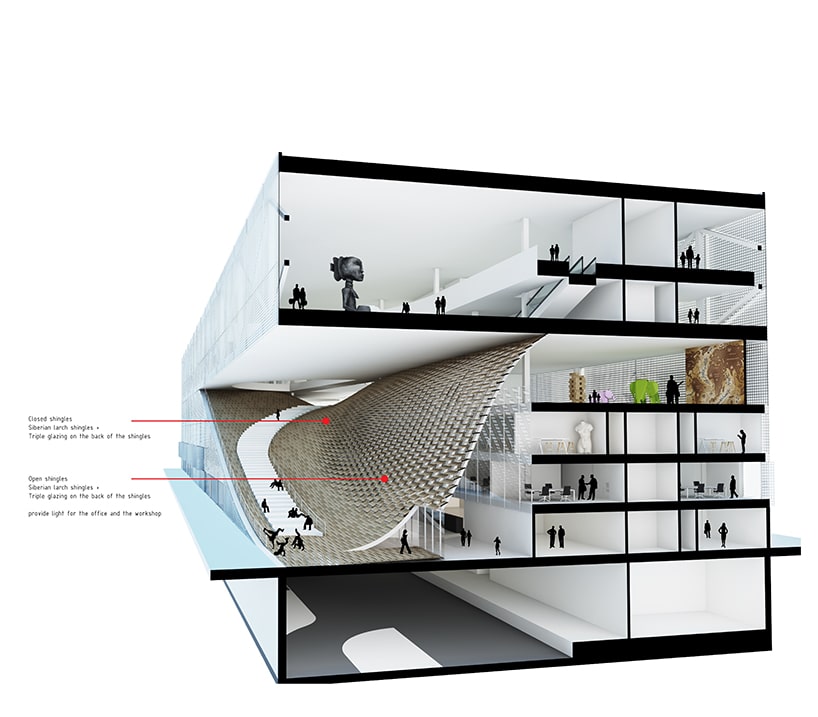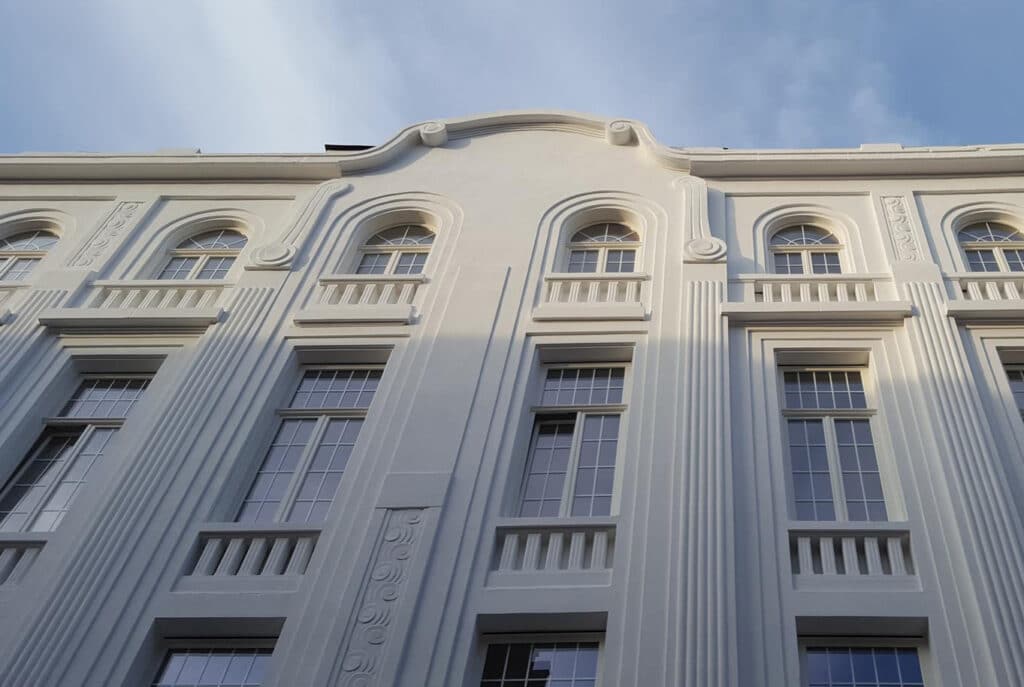1430_Guggenheim Museum Helsinki
Introduction / Summary (if available)
The design of the new Guggenheim Museum is simple and strong to work as an Landmark to the city. Its shape arise from the “Genius Loci”. The bi-directional axis of the urban grid defines the twisted movement of the volume. To mark the breathtaking panoramic views of the side, the Museum itself is a mutant piece of art. It frames all 3 churches on different views, the panoramic views and changed its appearance on different angles. The museum provides therefore continuously free art to its environment.
A pedestrian bridge will welcome the visitors of the Tähtitornin Vuori Park to the esplanade, where it gathered all the people to the place for outdoor seasonal programming and to the Museum. That will attract and fill the area with dynamism to interact between indoor and outdoor. The esplanade with its café/bar is also accessible from the city-side by stairs which can be used as seating tiers for performances.
The retail store is located on ground floor level at the city side while the restaurant is situated on the waterfront and will provide outdoor seating.
The Guggenheim Museum has an atypical atrium running as an infinity loop throughout the building. It will support different functions as exhibitions, performances, lectures, etc. The atrium of the vertical aisles of the building has a slope with straight walls revaluating the unique aspect of the original Guggenheim Museum. One vertical aisle will attend the exhibitions of artists while the other aisle is reserved as a center of education for research and upcoming public artists such as students. The platform that connects both aisle will work as a social interaction between the public and the artists. The upper horizontal bar is dedicated to the main exposition of the Guggenheim museum.
The façade is composed by an excellent airtight thermal building skin. It is designed by fixed wooden Nordic spruce louvers stacked in a way to create optimal light for optimal functionality of the spaces, to provide a sustainable and durable design, and to ensure a strong mass volume to its surrounding.
The sustainable design for the Helsinki Guggenheim museum includes a wide diversity of aspects. The ecological, social and economic aspects are all taken into account; creating timeless designs to achieve pioneering ambitions from an energy perspective. Therefore the energy concept for the Guggenheim museum is mainly based on passive measures in combination with renewable energy production, while still providing an optimal user comfort.
To minimize the total environmental impact of the project, aspects such as water, ecology, materials, health, management, etc. are specifically taken into account. Correspondingly, the life cycle of the building is analyzed to obtain the most efficient of solutions. Sustainable and maintenance-oriented designs are determined by the concept, the selection of materials and components, and by long term operation (maintenance costs), environmental impact and efficient energy use.
INFO
| Project type | Public |
| Project size | 12’000 m² |
| Location | Helsinki, Finland |
| Team | BFArchitecture, Olfa Kammoun, Mohamed Bouzrara, Tamara Bemerová, Katarzyna Buczynska, Eva Trip, Friso Jonker |
| Stability & Sustainability | VKgroup |
| Visualisation | MAV/ Mohamed Aouam |
| Project status | Competition |

